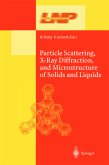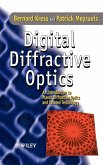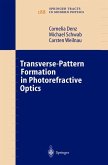The opportunities for doing scattering experiments at synchrotron and neutron facilities have grown rapidly in recent years and are set to continue to do so into the foreseeable future. This text provides a basic understanding of how these techniques enable the structure and dynamics of materials to be studied at the atomic and molecular level. Although mathematics cannot be avoided in a theoretical discussion, the aim has been to write a book that most scientistswill still find approachable. To this end, the first two chapters are devoted to providing a tutorial background in the mathematics and physics that are implicitly assumed in other texts. Thereafter, the philosophy has been one of keeping things as simple as possible.
Sivia provides a highly useful and approachable introduction to many of the methods adopted by neutron and synchrotron users today. The newcomer to these methods, the advanced undergraduate or starting graduate student alike, will all enjoy it, and it is equally a useful resource for lecturers in the field, who would do well to mimic its clear presentation. Simon Redfern, Contemporary Physics








